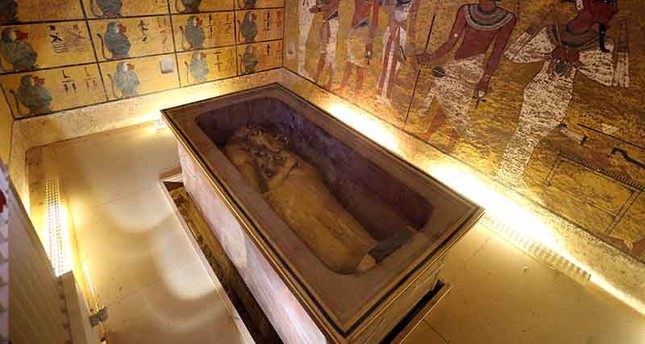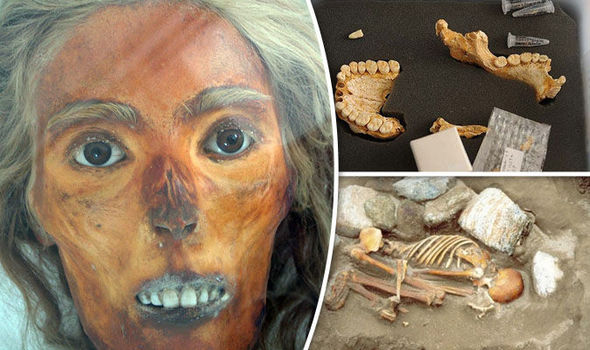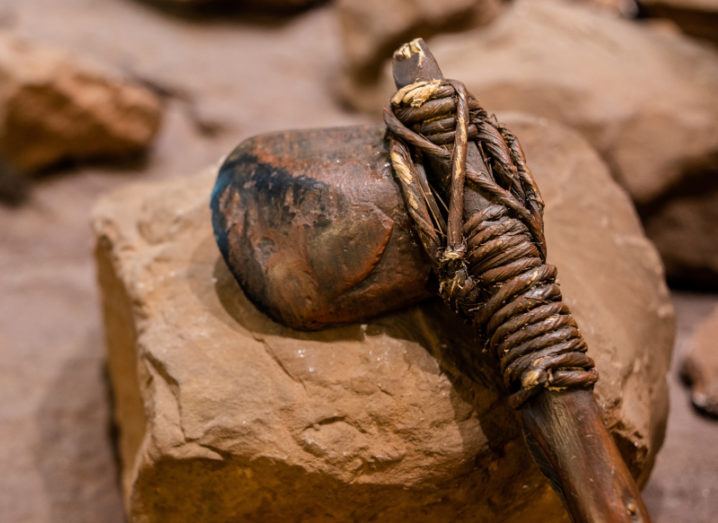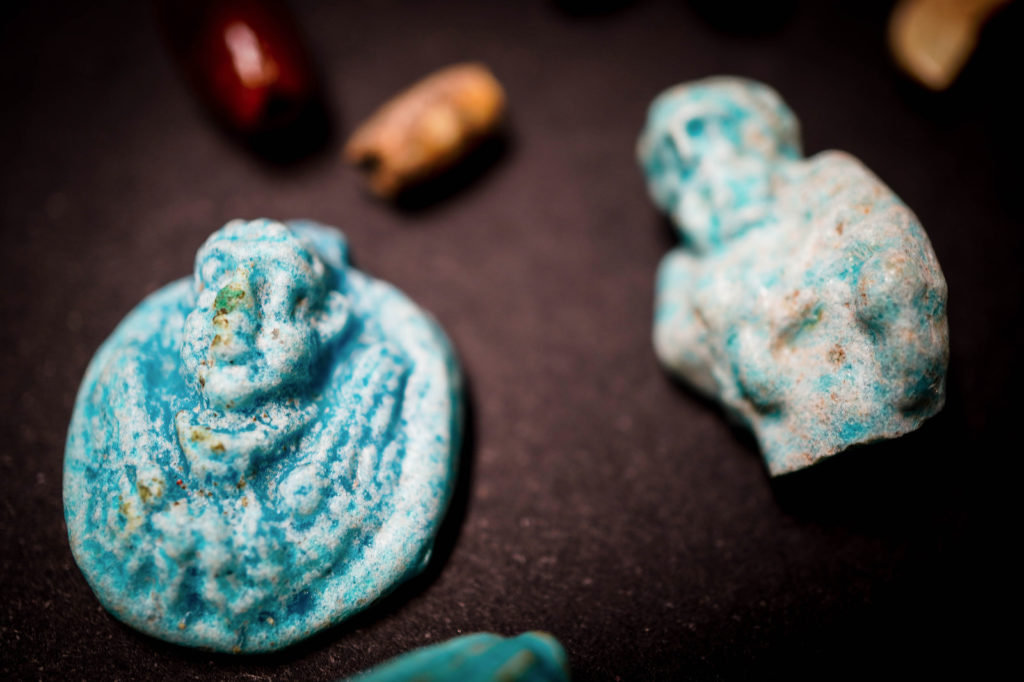The recent spate of wrecking ancient relics and monuments by religious radicals has given new energy to the contentious practice of removing these artifacts from their native surroundings to protect them. Whatever the motive, disturbing the dead and buried will always be discomforting, and this is in part thanks to the belief that some of the most famous archaeological discoveries in history have doomed anyone involved with them.
Let’s hope that those affected weren’t in the habit of enjoying Swedish real money Bingo games or anything else where luck plays an important role!
The Curse of the Karun Treasure
Also known as the Lydian Hoard and Croesus Treasure, the Karun Treasure is steeped in controversy. It’s a 363-piece collection which dates back to the Iron Age which was recently returned to its place of origin, Turkey, after a long legal battle with the New York MMOA. In 2006 it was revealed that many of the pieces being displayed were fakes and this set off an international hunt for the originals which lasted six years.
Over this period stories of the collection being cursed started coming out of the collection’s native region, Usak. It’s said that the men who were responsible for looting the treasure and selling it on black markets abroad all succumbed to severe misfortune. Three of the one man’s sons died under mysterious circumstances and another member of this pack of thieves was violently murdered.
The Malediction of the Māori Warrior Masks
The Māori are the indigenous Polynesian people of New Zealand, and in the later parts of the 18th century, the British Empire started looting their newest colony. The invaders seized many objects and artefacts of enormous significance to the Māori to display in homes and museums on the other side of the world.
This haul contained a collection of warrior masks which Māori culture stipulates should not be looked at, approached, or touched by menstruating or pregnant women. The belief in this imprecation is so widespread that museums have seen fit to place warnings on the masks’ displays, a debatable act on its own.

The Terror of Tutankhamun’s Tomb
Howard Carter’s 1922 excavation of the 3 200-year old tomb of Egyptian Pharaoh Tutankhamun is probably the most famous example of a cursed archaeological discovery. Although stories of this curse affecting those associated with the burial chamber’s disinterment are tenuous at best, they’re founded on the general belief in a Curse of the Pharaohs said to be in effect at all of Ancient Egypt’s pyramids. Several execrations written in hieroglyphs have been registered at the shrines’ sites, but the Mummy’s Curse didn’t actually enter popular culture until the 19th century.
Most experts agree that we have a female novelist from this time by the name of Jane C. Loudon to thank for our modern belief in the idea of Egyptian burial grounds dooming those who disturb them. A book Loudon published in 1827 called The Mummy! Or a Tale of the Twenty-Second Century is an early example of speculative science-fiction. The author was inspired partly by the novel Frankenstein; or, The Modern Prometheus, which was written and released just 10 years before.



